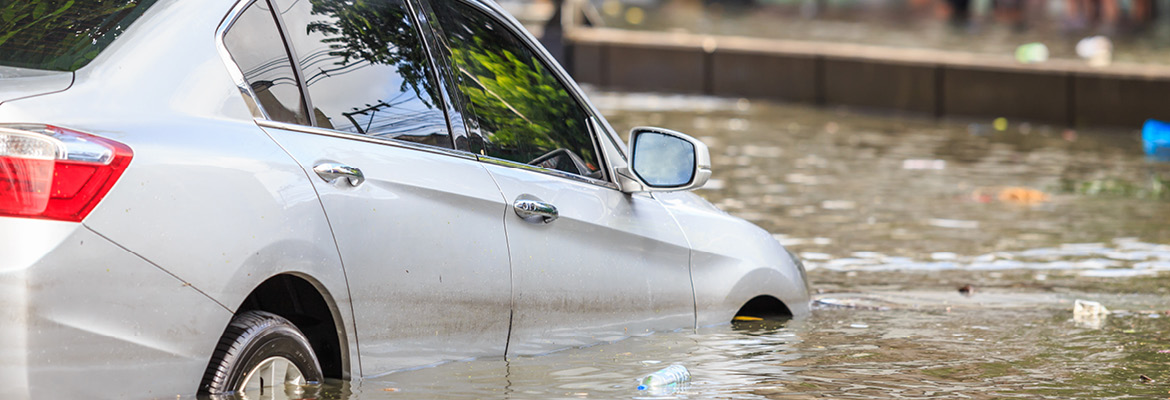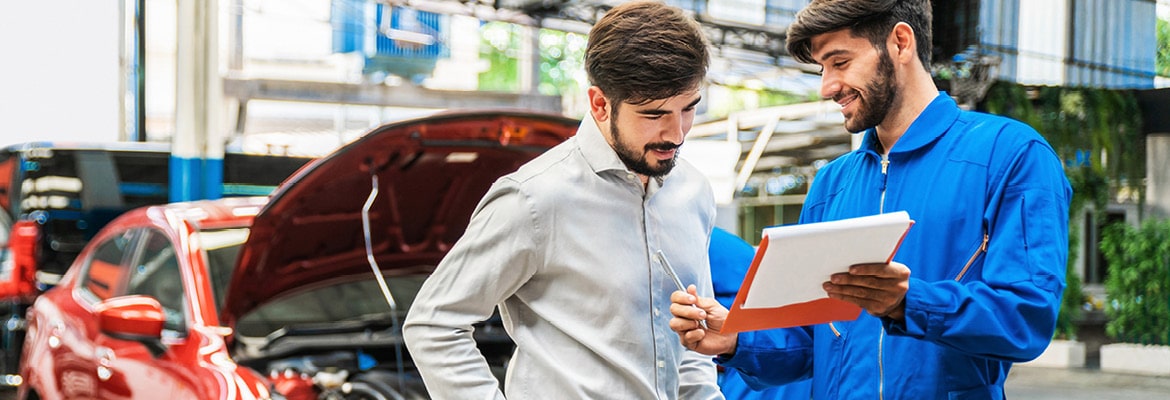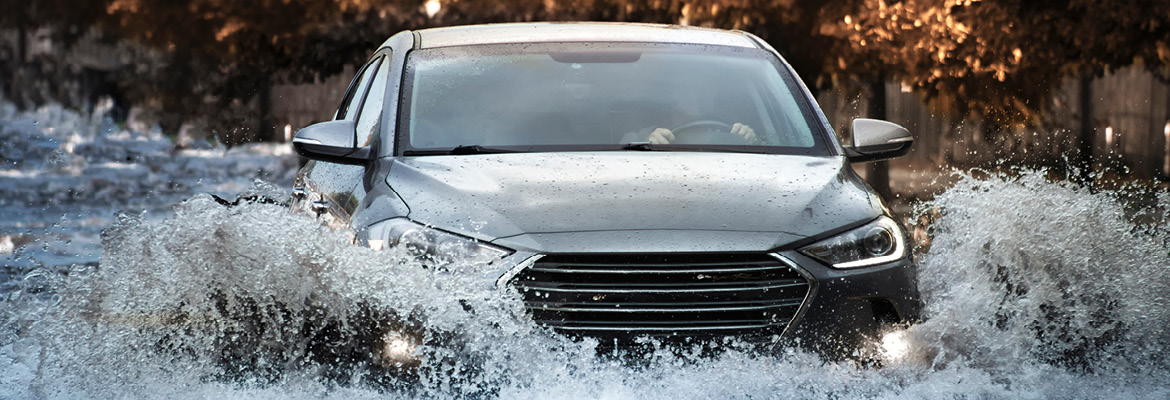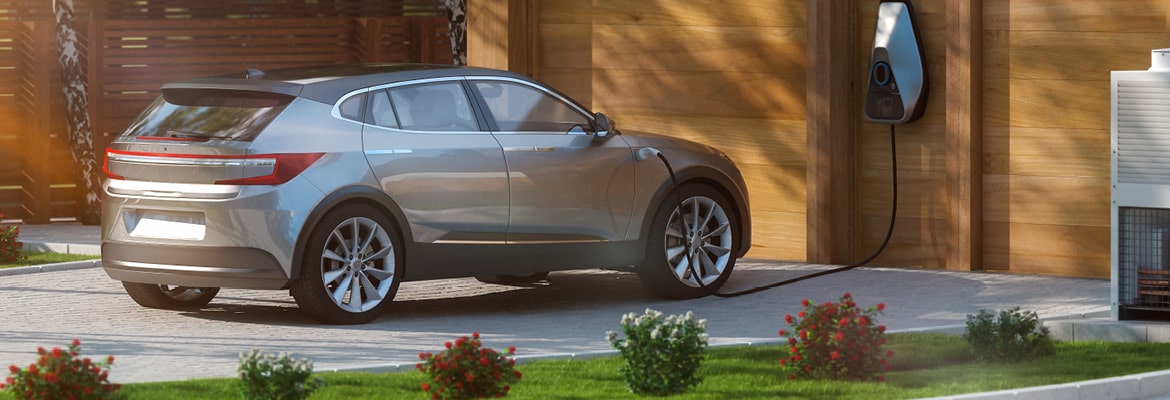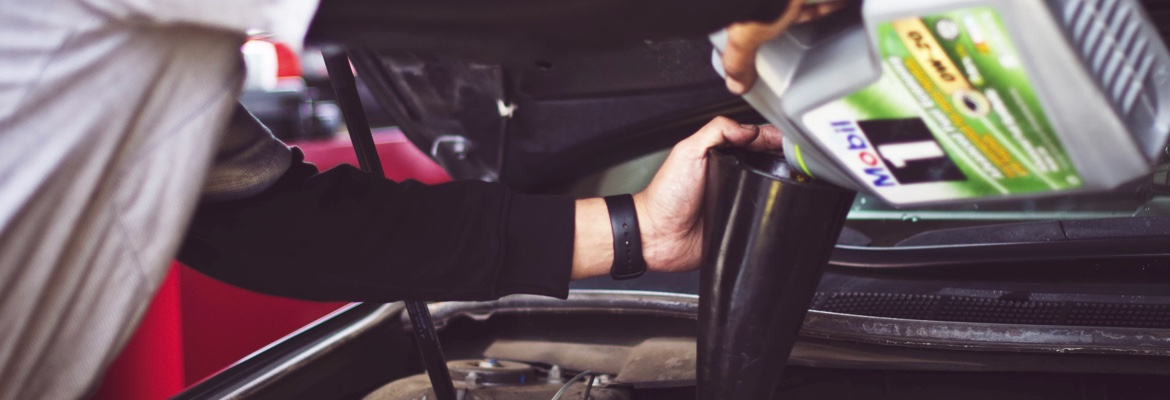Floods can be devastating in many ways: properties are destroyed and people lose precious possessions. On top of that, flooded vehicles may retain water and incur damage as a result, leaving the owners feeling hopeless at the loss of such a large investment. Fortunately, there are steps you can take immediately after a flood to help avoid further damage. In this blog, we’ll tell you what to do if your car was flooded or experiences water damage.
Things to do when your car is flooded:
Flooding can cause serious, long-lasting damage to your vehicle, some of which might not be visible to the untrained eye, or might not even present itself for months after the flood occurs. The time immediately after your car has been flooded is a crucial moment for reducing further damage and potentially saving your vehicle from extensive repairs or being totaled completely.
If your vehicle was submerged or flooded, have a trained professional inspect it and provide an assessment. Vehicles with engine, transmission or electrical damage pose a significant hazard, and unless you are a trained auto mechanic, don’t assume you’ll be able to identify or address the problems that result from flood damage. Until you’re able to have a mechanic service your flooded vehicle, here are the steps you should take.
- Do not start your car
Even if your car was partially submerged, starting the engine could cause serious damage. If the car is flooded, starting the vehicle will move water through the engine and could leave your car unusable. The worst thing you can do to a flooded vehicle is try to drive it. If it needs to be moved, have it towed or shipped by a professional auto transporter.
Tip: Take note of the water line on your car to get an idea of how deep your car was submerged. This can help you determine the extent of the damage. If the water did not rise above the doors, the damage should be minimal. If the car was submerged past the dashboard, the damage will be much greater and could be considered totaled by your insurance company. - Remove water
Take these steps to remove water—the faster the better. Standing water and excessive moisture in your car can quickly lead to corrosion and mold that result in permanent damage.- Use a wet vac to remove standing water
- Soak up moisture on seats and floor with towels
- Use fans or dehumidifiers to help with drying
- Take floor mats, seats and cushions outside to dry if possible
- Check the fluids
Inspect your oil, gas and other fluids. If you notice that water has gotten into the mix, you’ll want to empty and replace the fluids entirely. Contact a mechanic for a further inspection and do not start your car. In this case you’ll want to have a mechanic visit you on site or have your car towed or shipped to their location. - Check the interior
Water damage can affect nearly every part of your vehicle and many of the electronic components and accessories are especially vulnerable to excessive moisture. Test your lights, stereo, windows, turn signals, locks and anything else that relies on battery or electric power to operate. Pay close attention to how your brakes, steering, clutch and other mechanical parts are performing too. If anything seems out of the ordinary or isn’t functioning properly, you’ll want to have it repaired by a professional.
Word of mouth can be a powerful tool for finding an experienced inspector; ask neighbors, friends and family if they have hired someone in the past that they would recommend. If this effort is unsuccessful, research online for inspectors in your area—but don’t just go with the cheapest option. Browse reviews from other customers and ensure the company or person has the proper licenses and certifications.
Vehicle damage caused by flooding
When a car, truck, van or other personal vehicle is in a flood, various cosmetic and mechanical damage can occur, including:
- Exterior color fading and/or rusting
- Mold growth inside around seats and other soft areas
- Mud accumulation in footwells
- Water contamination of spark plugs, wires and other electrical parts
- Strong, musty odor coming from the interior
- Deterioration of the engine
These effects, when not handled properly, can be detrimental and worsen over time. They can even become dangerous for you and others who drive or ride in your car.
Repair options for a flood-damaged car
Depending on the type and extent of the damage, consider your options. Cosmetic issues are relatively easy and cheap to resolve, while problems with electrical fixtures or the engine are much more extensive and expensive. Virtually any destruction done to your vehicle can be fixed—it’s up to you to determine whether it’s worth the cost.
If the damage is minor, you can choose to bring the vehicle to a mechanic to have it repaired. Look at your insurance policy as well to determine how much of a repair will be covered. Without insurance, more severe damage may rack up a bill in the thousands or even tens of thousands of dollars to fix, so it may be time to sell the damaged vehicle for parts and purchase a new or used car. If you choose to go that route and sell your car to a salvage yard, keep these tips in mind:
- Since the car is damaged, you will likely sell it for significantly less than you originally paid for it.
- You will need the vehicle’s title in order to sell it to the salvage company and some businesses may also require your driver’s license or other documents.
- Some companies will offer more for your car if you take it apart yourself. We do not recommend doing so unless you are experienced working with automobiles.
- If after inspection you are told not to drive the car, take that order seriously and arrange a tow or auto transporter to bring it to the salvage yard.
- Remove all personal items and any add-ons or accessories you’d like to keep (e.g., GPS, stereo system or license plates) before handing the vehicle off.
FAQs about flood-damaged cars:
Can a flooded car be fixed?
Depending on the extent of the flooding and how quickly you take action, a flooded car can be repaired. Remove any water from the car as soon as you can, do not start the engine and have a professional mechanic assess the damage.
How long will a flooded car last?
A flooded car can last many years, provided it gets a thorough inspection and is properly repaired by a professional. If not treated, a flooded car may only last a few months or weeks. While it will take a lot of work to repair, a flooded vehicle can be restored to like-new.
Is a car ruined if it goes underwater?
If your car is fully submerged underwater, it will require extensive repairs and maintenance but that doesn’t necessarily mean it’s totaled. Fixing a submerged car will involve removing the water from the engine, replacing all fluids and likely replacing most if not all electrical parts. You’ll also want to watch closely for rust and corrosion that might take months to surface—they can go unnoticed for long periods of time and cause serious problems later.
Safely move your flooded vehicle
If your car has experienced water damage, then you’ll want to get it repaired by a professional. Since the first rule of a flood-damaged car is to not start the engine, you may need help transporting your vehicle to a repair shop. Montway Auto Transport specializes in transporting cars, trucks, motorcycles and specialty vehicles like RVs, ATVs, UTVs and golf carts. Our nationwide network of carriers has the equipment and expertise to move vehicles anywhere in the country, even if they’re inoperable.
Transport your car safely and efficiently with Montway. Get started with a free instant quote or speak with one of our vehicle shipping advisors at 888-666-8929.
